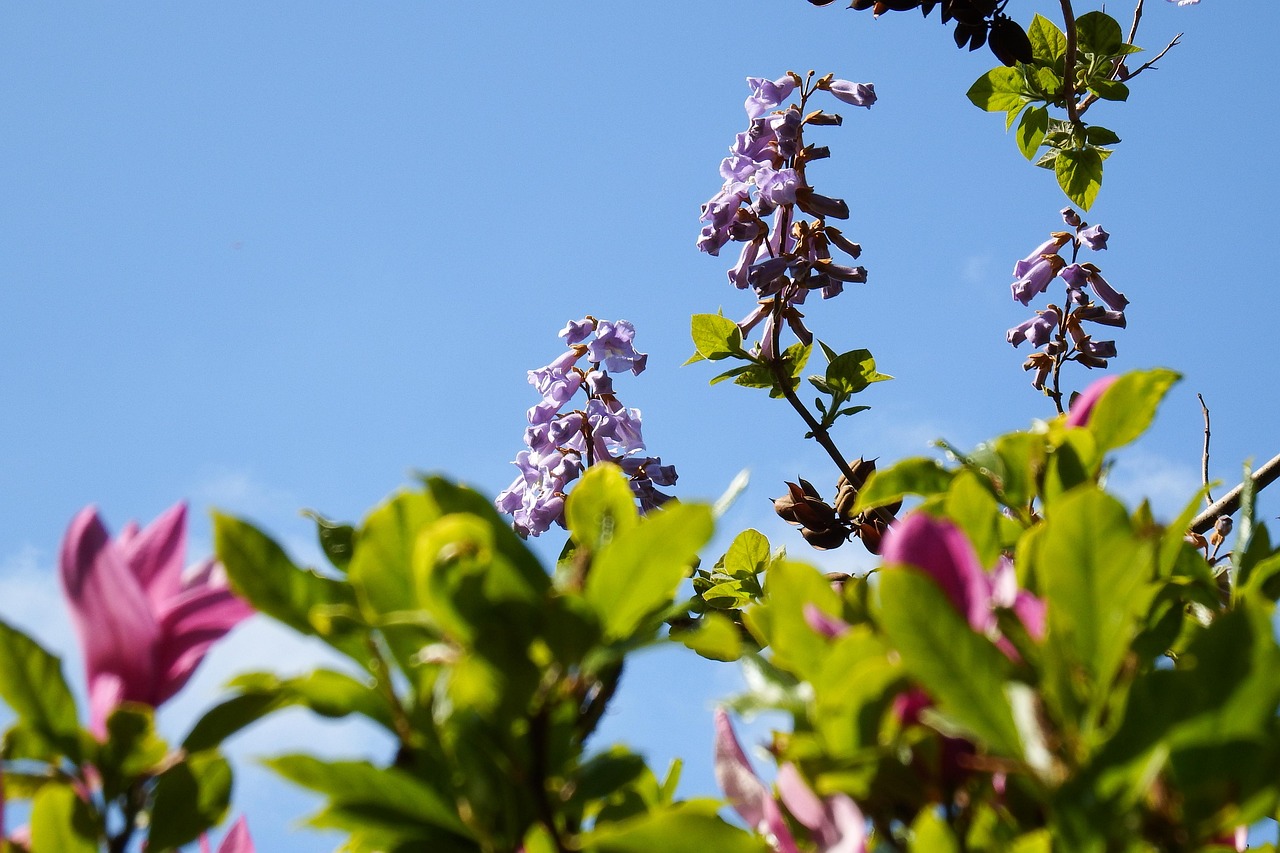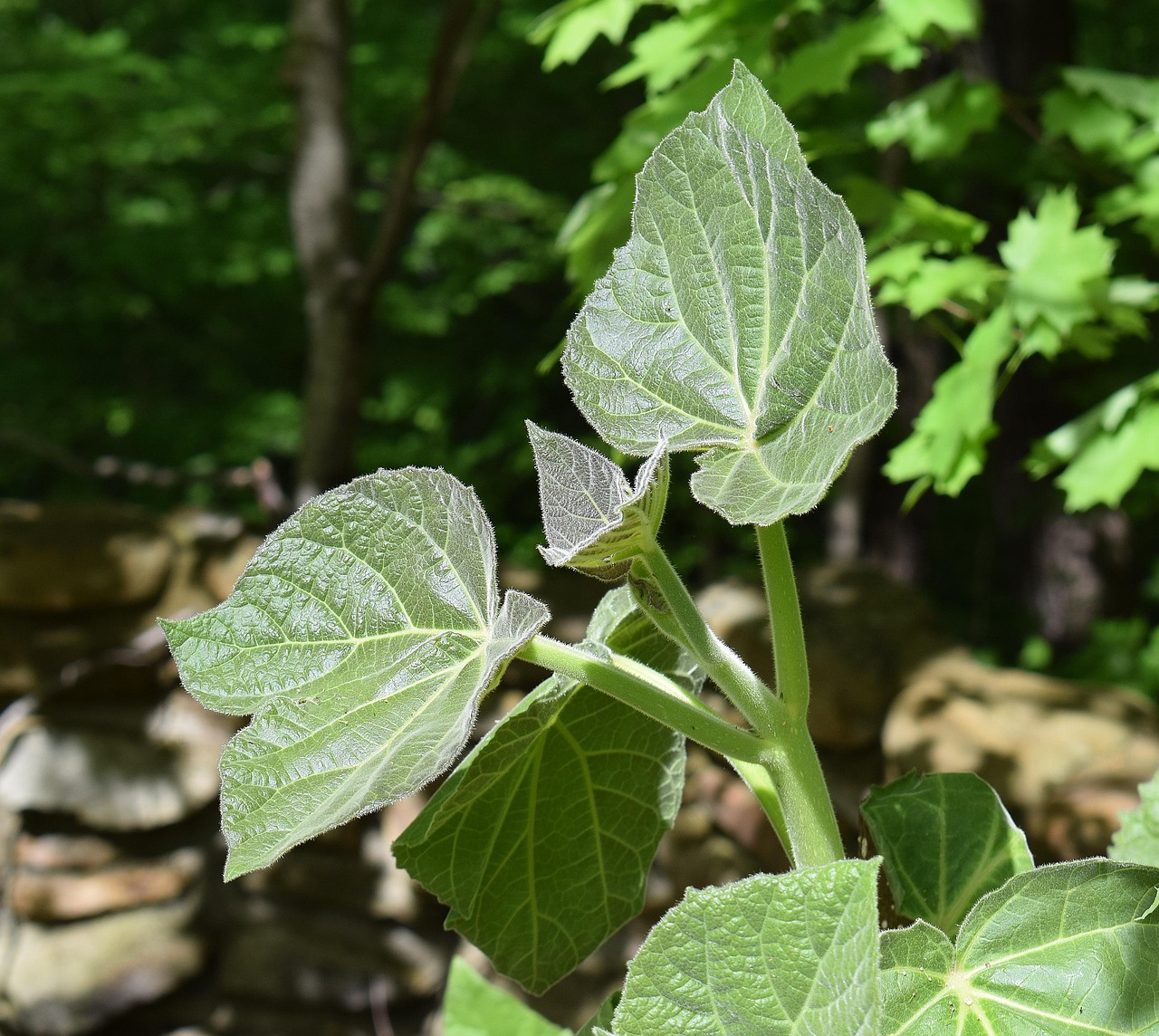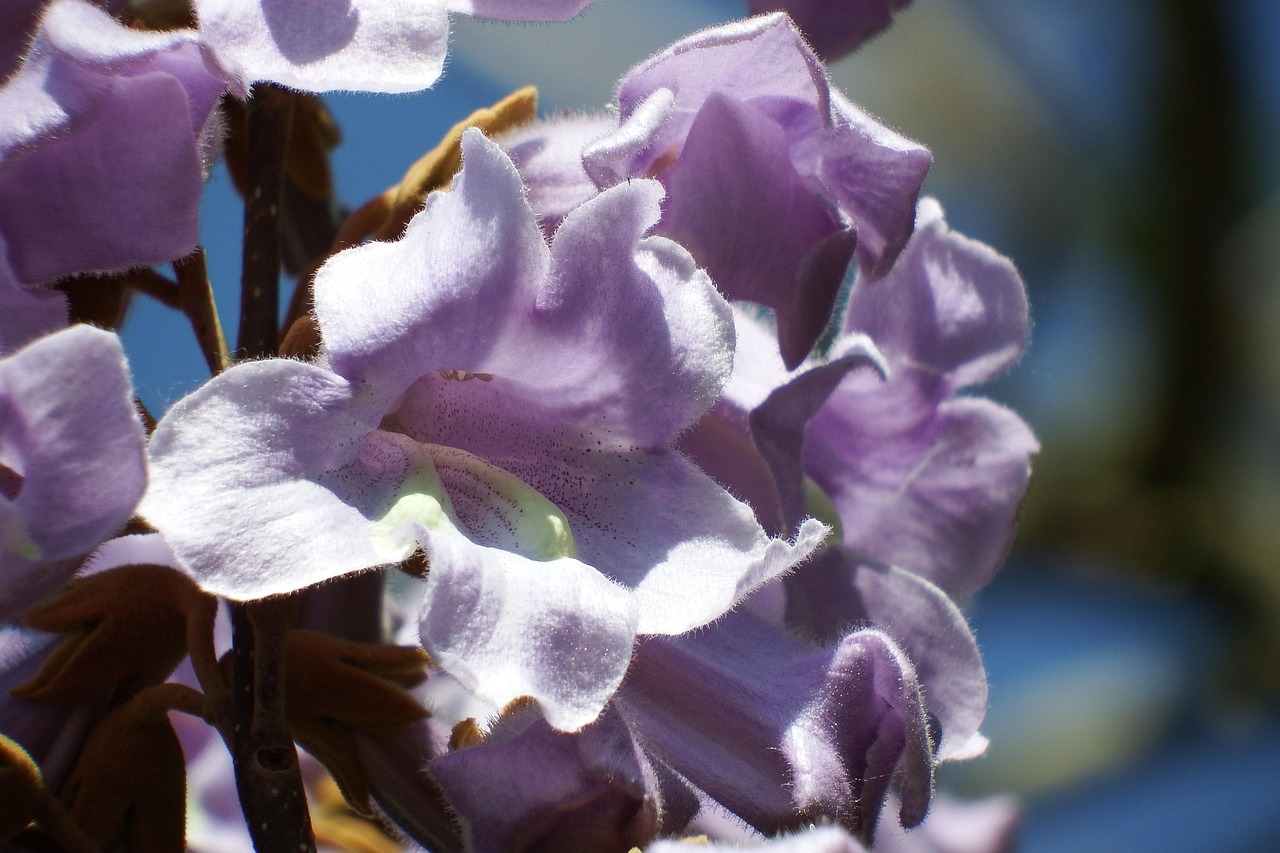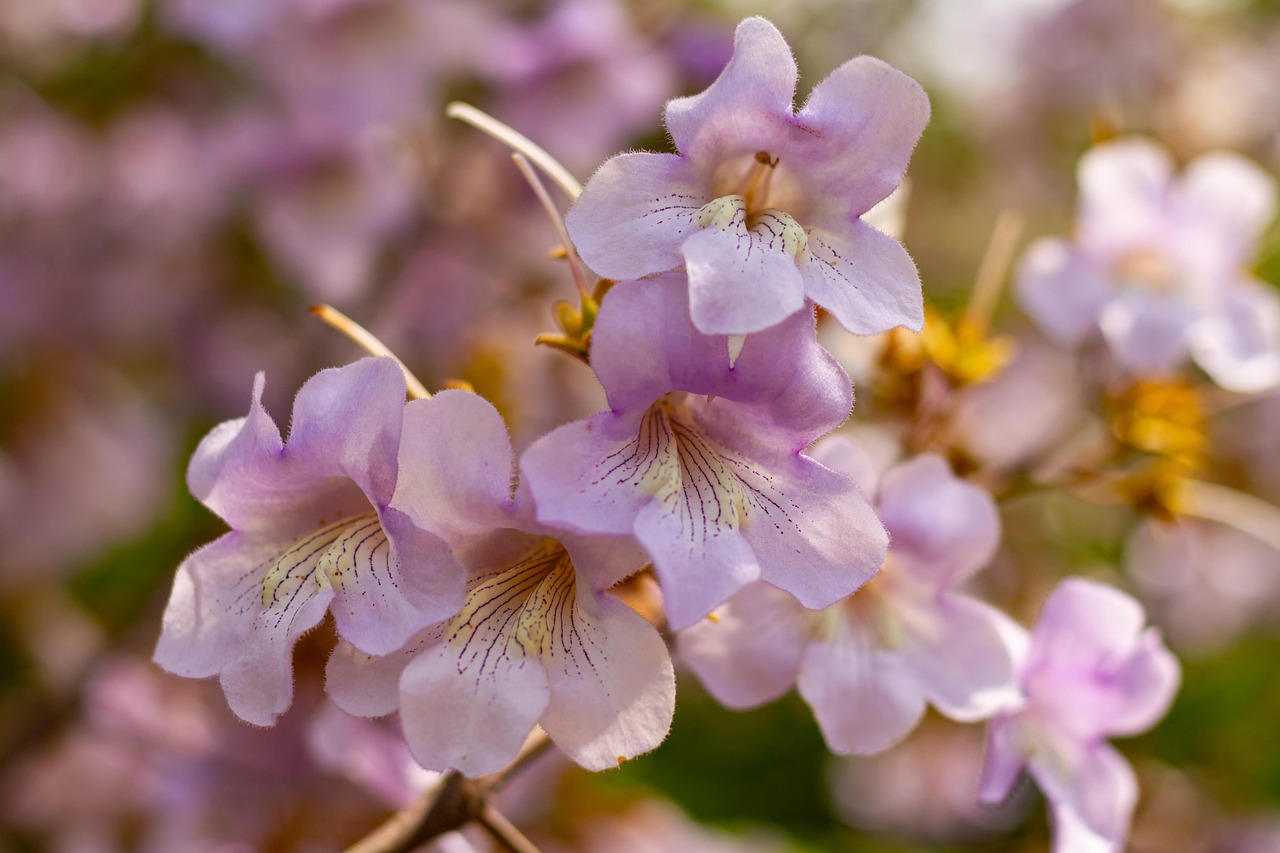The Paulownia tree is renowned for its rapid growth rate, often reaching heights of up to 10 to 15 feet in just a single year. This extraordinary growth makes it an ideal choice for fast timber production, with the ability to be harvested within 5 to 10 years of planting.
Understanding Paulownia Trees
The Paulownia tree, commonly known as the Empress tree or Royal Paulownia, originates from China. It is celebrated not only for its beautiful purple flowers and heart-shaped leaves but also for its remarkable growth characteristics. This species thrives in diverse climates and soil types, making it adaptable to various regions worldwide.

One of the key reasons for the popularity of Paulownia trees in timber production is their ability to grow quickly and produce high-quality wood. The wood is lightweight, durable, and resistant to warping and cracking, making it an excellent material for furniture, cabinetry, and construction. This unique combination of traits allows growers to benefit from both rapid returns on investment and sustainable forestry practices.
Growth Rate and Factors Influencing Growth
The growth rate of Paulownia trees can be influenced by several factors, including soil quality, climate conditions, water availability, and proper management practices. Understanding these factors is essential for maximizing growth potential and ensuring successful timber production.
| Factor | Impact on Growth Rate |
|---|---|
| Soil Quality | Rich, loamy soils with good drainage promote faster growth. |
| Climate | Warm temperatures with adequate rainfall enhance growth. |
| Water Availability | Regular watering during dry spells supports healthy growth. |
| Management Practices | Proper pruning and fertilization can significantly boost growth rates. |
In ideal conditions, a Paulownia tree can grow as much as 15 feet in its first year. By the end of three years, trees can reach heights of 30 feet or more. This rapid growth means that timber can typically be harvested within a short period—often as little as five years after planting.

Planting and Care for Optimal Growth
To achieve the best growth rates, it is crucial to take care during the planting process. Selecting a location with ample sunlight and good air circulation is critical. The following steps can help ensure optimal growth:
- Select a well-draining site with plenty of sunlight.
- Prepare the soil by testing pH levels and enriching it as necessary.
- Space trees adequately to reduce competition for nutrients and resources.
- Water regularly, especially during dry spells, to support early establishment.
- Apply fertilizers as recommended based on soil tests to boost nutrient availability.
Moreover, regular monitoring for pests and diseases is essential. Addressing any issues promptly can prevent setbacks in growth and ensure the long-term health of the trees.
The Economic Benefits of Paulownia Timber Production
The economic advantages of cultivating Paulownia trees are significant. Their rapid growth leads to quicker returns on investment compared to traditional timber species. Given the increasing demand for sustainable and high-quality wood products, growing Paulownia can be a lucrative venture for farmers and investors alike.

Furthermore, Paulownia trees contribute positively to the environment. They help combat soil erosion, improve air quality, and provide habitats for various wildlife species. By choosing to plant Paulownia, growers are participating in sustainable forestry practices that benefit both their economy and the ecosystem.
In summary, Paulownia trees offer a remarkable growth rate ideal for fast timber production while providing economic and environmental benefits that make them an attractive choice for modern forestry operations.
Harvesting Paulownia Trees
Harvesting Paulownia trees is an essential aspect of maximizing their economic potential. Given their fast growth rate, the timing of harvest can significantly influence the quality and quantity of timber produced. Understanding the optimal harvesting techniques is key to achieving the best results.
Optimal Harvesting Time
The ideal time to harvest Paulownia trees typically falls between five to ten years after planting. Factors that determine the right time for harvesting include:

- Tree Height: Trees should ideally reach a height of 30 feet or more.
- Trunk Diameter: A minimum diameter of 8 to 12 inches is generally preferred for quality timber.
- Wood Quality: Assessing the wood quality is crucial; trees should exhibit a straight trunk with minimal branching.
Harvesting too early may result in lower-quality wood, while waiting too long can lead to decreased growth rates and increased susceptibility to pests and diseases.
Harvesting Techniques
There are various techniques for harvesting Paulownia trees, each with its advantages and considerations:
- Selective Cutting: This method involves selectively removing mature trees while leaving younger ones to continue growing. It helps maintain a sustainable forest ecosystem.
- Clear-Cutting: In this approach, all trees in a designated area are harvested at once. This method can be effective for large-scale operations but may require replanting efforts.
- Thinning: Thinning involves removing some trees in a crowded area to allow remaining trees more space and resources for growth. This practice can enhance overall timber production.
Post-Harvest Management
After harvesting, proper management practices are vital to ensure sustainability and future productivity. Post-harvest care can include:
- Site Preparation: Preparing the site for replanting involves removing stumps and debris, as well as replenishing soil nutrients.
- Replanting: Replanting new Paulownia saplings promptly after harvesting helps maintain continuous timber production.
- Soil Rehabilitation: Implementing soil conservation practices aids in restoring soil health and preventing erosion.
Effective post-harvest management not only supports the next generation of trees but also contributes to a healthier ecosystem.
Pest and Disease Management
Pest and disease management is a critical component of maintaining healthy Paulownia trees. While they are generally resilient, certain pests and diseases can pose threats to their growth and timber quality.
Common Pests
Some common pests that may affect Paulownia trees include:
- Paulownia Borer: This insect can damage the trunk and branches, leading to weakened trees.
- Scale Insects: These pests can sap nutrients from the tree, impacting overall health.
- Aphids: Aphids can weaken trees by feeding on sap, especially during early growth stages.
Disease Management
Diseases such as root rot and leaf spot can also affect Paulownia trees. Effective management strategies include:
- Regular Monitoring: Keeping an eye on tree health helps identify problems early.
- Pesticide Application: Using appropriate pesticides can control pest populations when necessary.
- Cultural Practices: Implementing good cultural practices, such as proper spacing and watering, reduces stress on trees, making them less susceptible to diseases.
By being proactive about pest and disease management, growers can ensure their Paulownia trees remain healthy and productive throughout their lifecycle.
The Future of Paulownia Cultivation
The future of Paulownia cultivation appears promising as interest in sustainable forestry continues to grow. With increasing concerns about deforestation and climate change, Paulownia’s rapid growth and environmental benefits position it well within the timber market.
As research into improved cultivation techniques advances, growers can expect enhanced growth rates, better pest resistance, and higher quality wood products. This evolution will likely attract more investors and farmers interested in sustainable practices.
The commitment to responsible forestry will continue to play a significant role in shaping the future of Paulownia cultivation, ensuring its place as a leading choice for fast timber production worldwide.
Environmental Benefits of Paulownia Trees
In addition to their rapid growth and timber production capabilities, Paulownia trees offer numerous environmental benefits. Their unique characteristics make them a valuable asset in combating various ecological challenges. This section will explore some of the key environmental advantages of cultivating Paulownia.
Carbon Sequestration
One of the most significant benefits of Paulownia trees is their ability to sequester carbon dioxide. Due to their fast growth rate, these trees can absorb large amounts of carbon, helping to mitigate climate change. Studies show that:
- Paulownia trees can absorb up to 10 times more carbon than slower-growing species.
- They can sequester approximately 50 tons of CO2 per hectare annually during their peak growth periods.
This capacity for carbon sequestration makes Paulownia an attractive option for reforestation and afforestation projects aimed at reducing greenhouse gas emissions.
Soil Improvement
Paulownia trees play a crucial role in improving soil quality. Their deep root systems help prevent soil erosion and enhance soil structure. Key benefits include:
- Soil Stabilization: The extensive root network anchors the soil, reducing erosion caused by wind and rain.
- Nutrient Enrichment: As leaves and branches fall, they decompose and contribute organic matter to the soil, enriching it with nutrients.
- Improved Water Retention: Healthy soil structure increases its ability to retain moisture, benefiting other plants in the area.
By enhancing soil quality, Paulownia trees create a healthier ecosystem that supports diverse plant and animal life.
Habitat for Wildlife
Paulownia trees also provide essential habitats for various wildlife species. The unique features of these trees create favorable conditions for different organisms:
- Nesting Sites: The large, broad leaves and sturdy branches offer excellent nesting sites for birds.
- Food Sources: The flowers attract pollinators like bees and butterflies, while the leaves serve as food for various herbivores.
- Shelter: The dense canopy provides shelter for small mammals and insects.
This biodiversity contributes to a balanced ecosystem, promoting healthy interactions among different species.
Water Conservation
Paulownia trees can also have a positive impact on water conservation. Their ability to thrive in diverse environments allows them to play a role in sustainable land management practices:
- Water Absorption: The extensive root systems help absorb excess water during heavy rainfall, reducing runoff and minimizing flooding risks.
- Aquifer Recharge: By improving soil quality and structure, these trees facilitate better water infiltration into the ground, aiding aquifer recharge.
This water conservation aspect is especially important in regions facing water scarcity or drought conditions.
Sustainable Timber Production Practices
The cultivation of Paulownia trees aligns with sustainable timber production practices. By integrating eco-friendly strategies, growers can maximize their benefits while minimizing environmental impacts. Some sustainable practices include:
- Agroforestry: Combining Paulownia with other crops allows for diversified income streams and improved land use efficiency.
- Reduced Chemical Use: Promoting natural pest control methods limits the need for chemical pesticides, protecting surrounding wildlife and ecosystems.
- Crop Rotation: Implementing crop rotation with Paulownia enhances soil health and reduces the risk of pest infestations.
By adopting these sustainable practices, growers can ensure that Paulownia cultivation remains beneficial for both the economy and the environment.
The Role of Paulownia in Climate Adaptation
As climate change continues to pose challenges globally, Paulownia trees can play a vital role in climate adaptation strategies. Their resilience and adaptability make them well-suited for various climate scenarios:
- Drought Resistance: Once established, Paulownia trees can withstand periods of drought due to their deep root systems.
- Heat Tolerance: These trees thrive in warmer climates, making them suitable for areas experiencing rising temperatures.
Implementing Paulownia cultivation as part of climate adaptation strategies can enhance ecosystem resilience while providing economic opportunities for communities facing environmental challenges.
The multifaceted environmental benefits of Paulownia trees underscore their significance as a sustainable resource for timber production while contributing positively to ecological health and climate resilience.
Challenges and Considerations in Paulownia Cultivation
While the benefits of cultivating Paulownia trees are significant, there are challenges and considerations that growers should be aware of. Addressing these challenges effectively can lead to successful timber production and sustainable practices.
Market Demand and Economic Viability
The demand for Paulownia wood is influenced by market trends and consumer preferences. Some key points to consider include:
- Market Fluctuations: The price of timber can vary based on market conditions. Growers should stay informed about market trends to make informed decisions about when to harvest.
- Competition: As demand for sustainable wood products increases, competition among growers may also rise. Understanding market positioning can help maximize profitability.
- Value-Added Products: Exploring opportunities for value-added products, such as furniture or decorative items, can enhance economic returns.
Environmental Regulations
As environmental awareness grows, so too do regulations surrounding forest management and timber production. Key considerations include:
- Sustainable Practices: Adopting practices that promote sustainability and biodiversity is essential in meeting regulatory standards.
- Certification Programs: Participating in certification programs can enhance marketability and demonstrate a commitment to responsible forestry.
Staying compliant with regulations not only helps in maintaining a positive public image but also ensures the long-term viability of Paulownia cultivation.
Research and Innovation in Paulownia Cultivation
Ongoing research and innovation play a crucial role in enhancing the cultivation of Paulownia trees. Advances in agricultural practices, genetics, and technology can lead to improved growth rates and pest resistance. Some areas of focus include:
- Genetic Improvement: Research into developing new cultivars with enhanced growth characteristics and disease resistance can lead to higher yields.
- Agricultural Technology: The use of precision agriculture techniques, such as soil moisture monitoring and drone technology, can optimize resource use and improve overall management.
- Sustainable Practices: Continued exploration of agroforestry systems and intercropping can enhance the benefits of Paulownia cultivation.
Community Engagement and Education
Involving local communities in Paulownia cultivation initiatives can foster support and enhance sustainability. Educational programs that inform communities about the benefits of this tree species can lead to greater awareness and participation. Considerations include:
- Workshops and Training: Providing workshops on sustainable forestry practices can empower local farmers and encourage responsible cultivation.
- Collaboration with Local Organizations: Partnering with NGOs and local agencies can help promote awareness and support for Paulownia cultivation projects.
- Public Awareness Campaigns: Engaging the public through campaigns highlighting the environmental benefits of Paulownia trees can increase support for reforestation efforts.
Final Thoughts
The cultivation of Paulownia trees presents a unique opportunity for fast timber production while addressing critical environmental issues. With their rapid growth, adaptability, and various ecological benefits, Paulownia trees are a smart choice for sustainable forestry practices.
As the demand for environmentally friendly wood products continues to rise, growers have the potential to capitalize on this trend while contributing positively to the planet’s health. However, it is essential to navigate the challenges of market dynamics, regulatory requirements, and environmental sustainability carefully.
By investing in research, adopting innovative practices, and engaging with local communities, the future of Paulownia cultivation looks promising. This multifaceted approach will ensure that Paulownia remains a valuable resource for timber production while enhancing biodiversity, improving soil quality, and contributing to climate resilience.
The commitment to sustainable practices will not only benefit growers economically but also play a vital role in protecting our environment for generations to come. As we continue to explore the potential of Paulownia trees, their impact on both local economies and global ecosystems will be significant.
